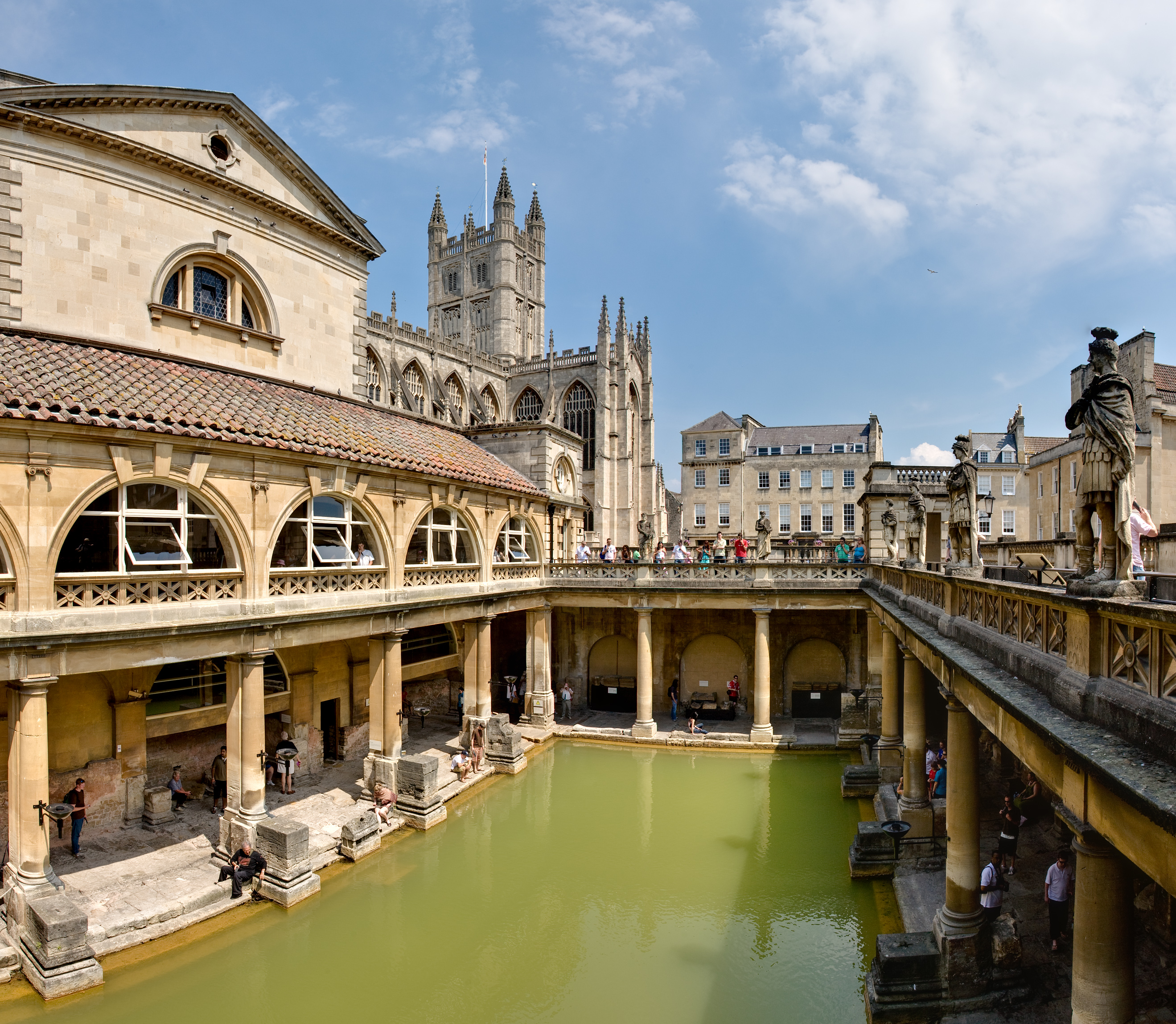Wild Swimming is basically swimming outside. When people think of swimming they think about sanitised chlorine wafted swimming pools, where you know how deep the water is, you know where the edge is, you know (hope) there won't be anything odd floating about, there are lots of other swimmers and a nice friendly qualified lifeguard to make sure that everybody is safe.
 |
| The Roman Baths at Bath - from wikipedia.org |
 |
| Chudleigh Community Swimming Pool - from Teignbridge.gov.uk |
 |
| wild swimming in Rydal in the Lake District from headtothehills.co.uk |
DO -
- always be polite to other water users and landowners.
- swim with somebody else - this is particularly important in cold water (officially, UK water is cold year-round). They could be in the water with you or on shore. This keeps you safe and makes the swim more fun.
- wear a wet-suit when the water is cold, and get into the water slowly to allow your body to acclimatise.
- Until you are used to swimming outside, and understand your body's "getting too cold" signals, don't stray too far from shore.
- Keep cuts and grazes covered up.
- Report any obvious signs of pollution to the Environment Agency (and Surfers Against Sewage for coastal areas)
- wear a bright coloured hat so that other swimmers and boats etc can see you - a tow float can also be useful where there is a lot of boat traffic.
- Build up your swimming ability, the better you are at swimming indoors, the better you'll be able to manage outdoors where the conditions are very different.
DON'T -
- trespass to get to the water. Use public footpaths or other rights of way
- stay in too long. All UK water is classed as "cold" year-round - staying in too long increases your danger of cold incapacitation (you can no longer swim effectively, and may struggle to climb out of the water at the bank).
- Get in to water that looks murky and unappealing or smells funny.
- Swim in privately owned reservoirs unless it's clear that it is allowed
- swim under the influence of drugs or alcohol - EVER.
For more information on wild swimming in the UK, check out The Outdoor Swimming Society. Their website gives lots of information on staying safe and where it's okay to swim, as well as including a map showing local wild-swimming spots that have been recommended by users. It's well worth starting with some of these, as they have been tried and tested and comments on the map can tell you what conditions are like.
 |
| Lady Alice Douglas wild swimming in Wales, from www.telegraph.co.uk |


No comments:
Post a Comment